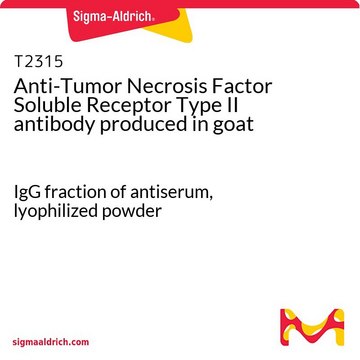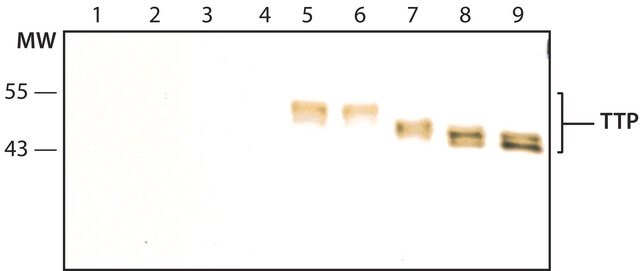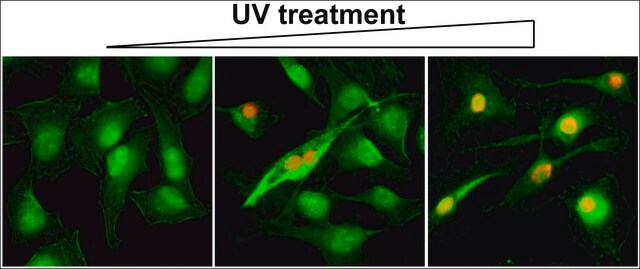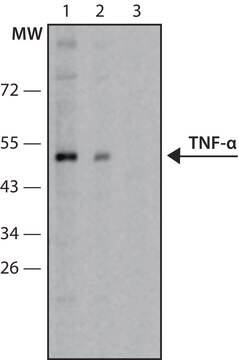T1815
Monoclonal Anti-Tumor Necrosis Factor Receptor II antibody produced in mouse
clone 22221, purified immunoglobulin, lyophilized powder
Synonyme(s) :
Anti-TNFRSF1B
About This Item
Produits recommandés
Source biologique
mouse
Niveau de qualité
Conjugué
unconjugated
Forme d'anticorps
purified immunoglobulin
Type de produit anticorps
primary antibodies
Clone
22221, monoclonal
Forme
lyophilized powder
Espèces réactives
human
Technique(s)
immunocytochemistry: 8-25 μg/mL using immersion fixed human peripheral blood lymphocytes
microarray: suitable
neutralization: suitable
Isotype
IgG2a
Numéro d'accès UniProt
Température de stockage
−20°C
Modification post-traductionnelle de la cible
unmodified
Informations sur le gène
human ... TNF(7124)
Description générale
Spécificité
Immunogène
Application
Forme physique
Notes préparatoires
Clause de non-responsabilité
Vous ne trouvez pas le bon produit ?
Essayez notre Outil de sélection de produits.
Code de la classe de stockage
12 - Non Combustible Liquids
Classe de danger pour l'eau (WGK)
WGK 1
Point d'éclair (°F)
Not applicable
Point d'éclair (°C)
Not applicable
Faites votre choix parmi les versions les plus récentes :
Déjà en possession de ce produit ?
Retrouvez la documentation relative aux produits que vous avez récemment achetés dans la Bibliothèque de documents.
Notre équipe de scientifiques dispose d'une expérience dans tous les secteurs de la recherche, notamment en sciences de la vie, science des matériaux, synthèse chimique, chromatographie, analyse et dans de nombreux autres domaines..
Contacter notre Service technique








